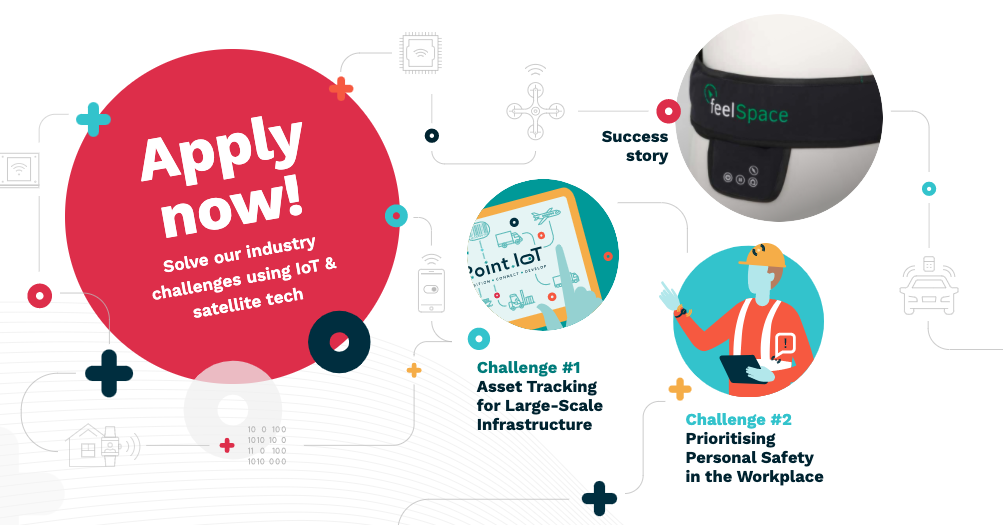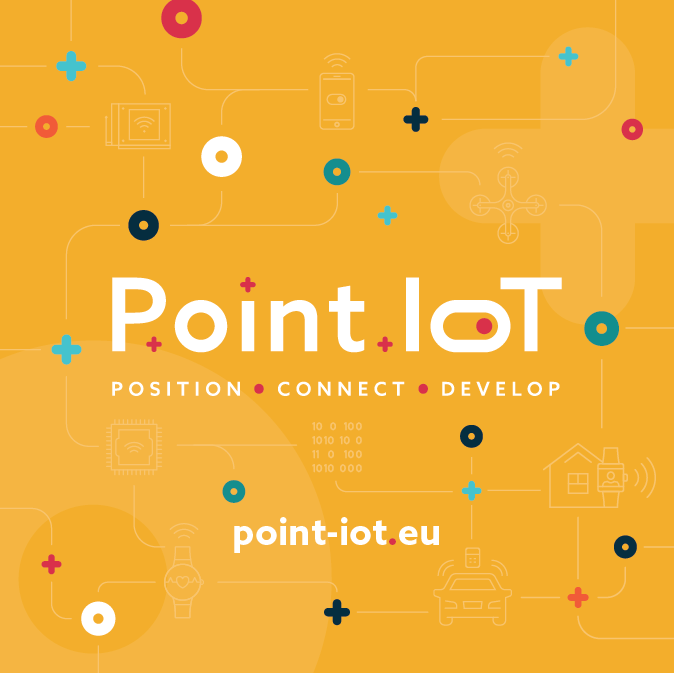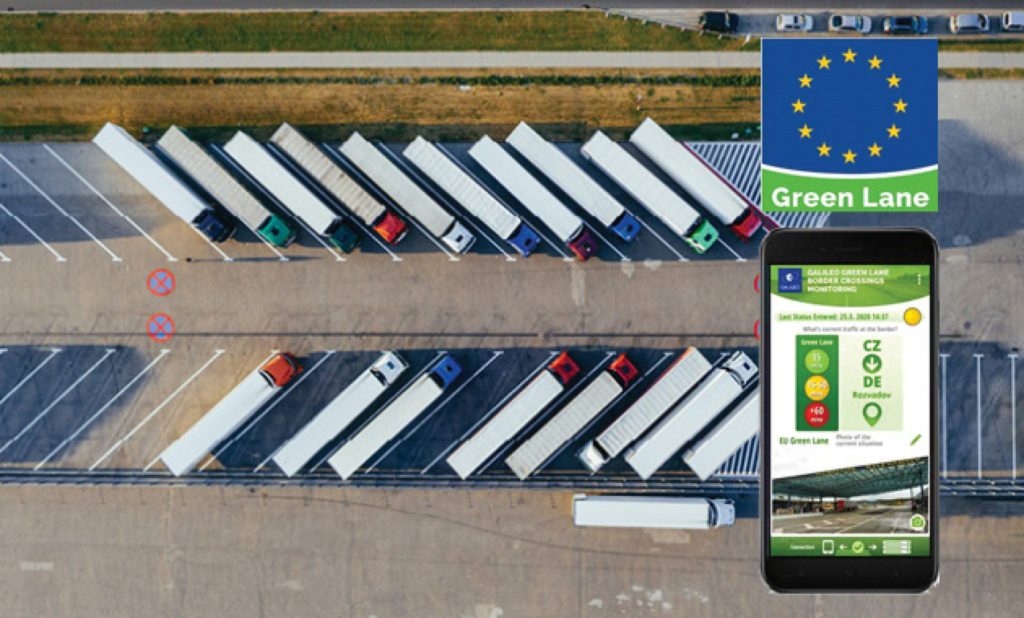
Here’s your chance to solve industry problems with IoT and Satellite tech

If you are a budding entrepreneur who is keen on using IoT and Satellite tech (Galileo) to solve industry problems, congratulations you are in luck! Point.IoT, an exciting new programme funded by the European GNSS Agency (GSA) is just the right platform for you.
Empowering Innovation using Galileo and IoT technologies
Point IoT has been designed to empower innovative entrepreneurs to solve industry problems through the use of Galileo and IoT technologies. Each year, ten teams of ambitious entrepreneurs will have the chance to roll up their sleeves and tackle relevant industry challenges while showcasing the use of European positioning technologies in IoT. The best part about the challenge (besides the cash award, access to funding and recognition)? Point IoT has partnered with real companies facing real challenges. At the end of the program, you not only have the chance to win €20,000 but maybe also your first corporate customer!
What are the industry challenges for 2020?
- Challenge #1: Asset Tracking for Large-Scale Infrastructure
- Challenge #2: Prioritising Personal Safety in the Workplace
How long is the programme? What are the steps involved?
The programme kicks off with a two-day action-packed bootcamp in Paris, France where teams learn essential tools for their work ahead. They’ll then return home for a three-month virtual sprint and receive one-on-one coaching from industry experts to ensure their solutions are both technically robust and strategically positioned for market success. The programme ends with a demo day when the most talented team will be awarded a grand cash prize of €20,000 – and maybe their first corporate customer!
I’m interested! How do I apply/get more information?
28th June 2020 is the deadline for applying to the program with your idea. You’ll find all the information you are looking for regarding who can apply, what the challenges mean, what support you can expect, who are the mentors, and more on their website.

Did you like the article? Read more and subscribe to our monthly newsletter!






